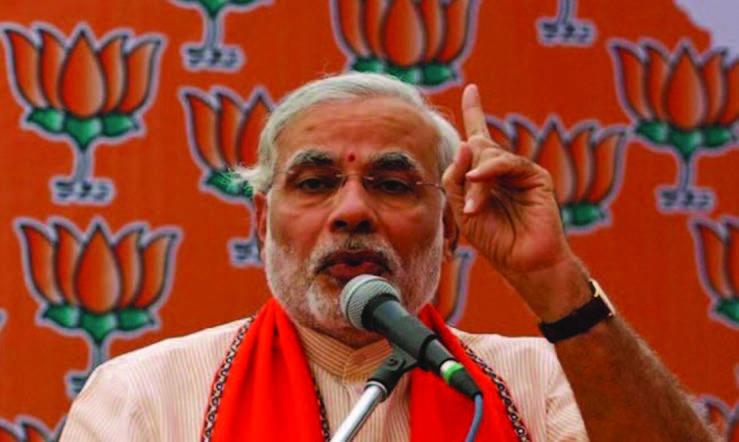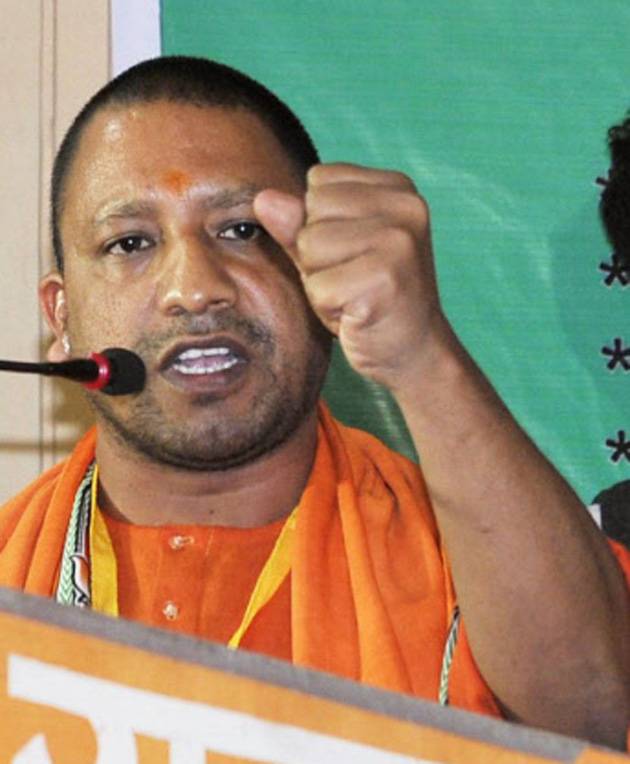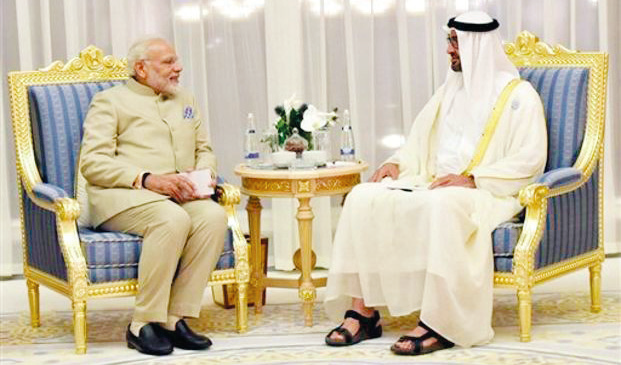
Long years ago, at a cultural event in a European country, the then Indian Ambassador (let him not be named) introduced the modernist Hindi novelist and poet, Agyeya (who also carried the name Vatsyayan) as the famous author of the Kama Sutra. As was to be expected, his subsequent career in the foreign service receives a set back. Unlucky man, born at the wrong time among the wrong set of rulers whose fetish about factual accuracy in public pronouncements after all thwarted his flamboyant leap of imagination, whereby a modern day writer was transmogrified into an avatar of the ancient Vatsyayan. You might say, what could have been a more telling remark on the unbroken continuities of the Sanatan Dharma wherein time and space are but ephemeral shadows skimming as mere superficial illusions over the deep mysteries of the timeless and the spaceless? Yet, far from being rewarded, the poor servicer was to suffer pedestrian rebuke. Think how this victim to facticity might have flourished under a prospective Narendra Modi prime ministership of Bharat. Months before being sworn in as prime minister of this land of no beginning and no end (Hegel was to write “India has no history; it is a repeat of the same old majestic ruin”), Mr. Modi has been giving us glimpses and intimations of how a creative and esemplastic (to use Coleridge’s famous description of the “Primary Imagination” in Biographia Literaria) Mind (as opposed to mere mind) may with a wave of two majestic fingers alter time and space at will to suit a great vision.
Thus, among the fanciful gems that he has thus far strewn among the public spaces and at thousands of gawking hoi polloi are the following: –that the Macedonian warrior-king, Alexander, was defeated in a battle along the Ganges river proximate to the Indian state of Bihar; fact: Alexander never crossed the Satluj in western Punjab, returning westward to die of an affliction in Alexandria (Egypt); –that the ancient seat of learning, Taxila, was also in Bihar, when in fact that also was in western Punjab (now Pakistan); –that the Mauryan emperor, Chandragupta (emperor Ashok’s grandfather) was actually Chandragupta II of the Gupta dynasty; between the two lay some eight centuries of historical time; –that the first Prime Minister of India (who, don’t you know. was the chief wrecker of India’s domestic and foreign fortunes, however great a man and world leader you might have thought him) did not have the grace to attend the funeral (1950) of the then Home Minister/Deputy Prime Minister of newly Independent India as a last expression of his sibling resentment, as it were; fact: not only did Nehru love and admire Patel, as Patel did him, despite many principled differences on policy, but was the chief distressed mourner at the latter’s funeral; –that the late Shyama Prasad Mookherjee, a born and bred Bengali, was a “great son of Gujarat”; that he it was he who established the “India House in London under the very nose of the English”; that he was considered the “guru of Indian revolutionaries”; and that the said Mookherjee “died in 1930, but before he did so, he expressed the wish that his ashes be kept carefully so they could be returned to a free India.”
Poor Mookherjee was of course innocent of all these attributions; he was a Bengali, who first joined the Congress party, then switched to the right wing and became the founder of the Jana Sangh (1951); he died in a hospital in Srinagar, Kashmir in the year 1953. The man Modi was speaking of was Shyama Krishna Varma. But as the Bard queried, “what is in a name?” For all you know, Germany might have been England, and India the Soviet Union; thus, Hitler may have been Churchill, and Gandhi may have been Stalin. Which tells us how limiting, after all, dry -as -dust facts can be when, in fact, there need be no end to what the mind may do with history and/or geography, from time to time as the “national interest” dictates. Mr.Modi is slated to address we are told more than a hundred rallies more till the time arrives for the General Elections to India’s Parliament in early 2014. Minds boggle in salivating anticipation of how many creative splendors yet await us. At the rate he is going, it is a safe bet that by the time we come to the event, our inspired headpieces may have learnt to reformulate the history and geography of this ancient land in ways that the rest of the world may have become part of the Sanatan landscape of our refurbished Hindutva vision.
Remember, after all, what a not-so-old document of the Vishwa Hindu Parishad told us: –that “Jerusalem was actually Yedu Shalyam, which means the shrine of the Lord of the Yadus i.e. Krishna”; –“that the Dome on the Rock in Jerusalem and the nearby Al-Aqsa mosque, are ancient temples of the Hindu deity, Krishna”; –“that St.Paul’s Cathedral in London was originally Gopal Mandir”; –“that the Notre Dame church in Paris was actually the temple of Devi Bhagwati, Parvati alias Durga”; –that “Paris itself was actually the Hindu city of Parameshwariam”; –that “the K’aaba at Mecca was originally a gigantic Vishnu temple”; –and, to cap all history, that “in pre- Christian times all people everywhere in the entire world were Hindus.” (Cited from H.K.Vyas, VHP, Communist Party of India Publication, 1983; Vyas sources these gems to the Hindu Vishwa, journal of the Vishwa Hindu Parishad.) Clearly, then, Mr.Modi’s reconstructions of facts issue from well-established tradition of the Hindu right wing, wherein historiography is more often a matter of unanalyzed prejudice and timely convenience than of adherence to fact and evidence. What wonders then might be unleashed on domestic and foreign fora once Mr.Modi becomes India’s most erudite first executive; and, alas, what a future the unlucky aforementioned Ambassador may have been thought to have lost by having done service under mere mortals who had not the largesse to leap the fact to make a “new heaven and a new earth” (quoting now both Coleridge and Wordsworth, who in turn drew from the Book of Revelation.)





Be the first to comment